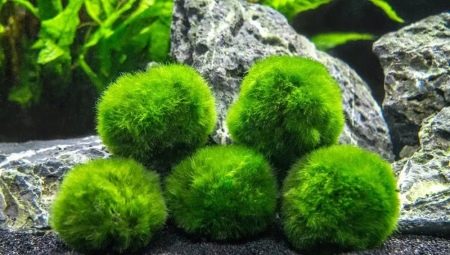Kladofora are filamentous algae of dark green color, which belong to the class of ulphocia. In total, there are about 200 species of plants, but the most common of them are strolling and spherical cladophore. If the first is the enemy of aquarists and turns the water space of the aquarium into an “impassable thicket”, then the second looks very beautiful and produces oxygen, so necessary for fish.
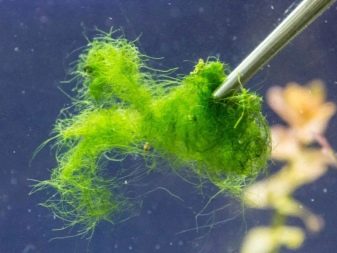
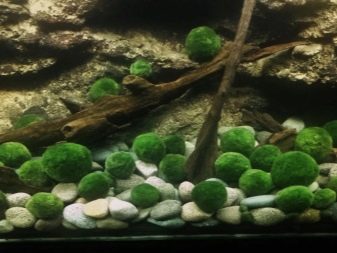
Description
A cladophore looks like branching threads forming bushes. Some of them propagate randomly (wandering), others turn into balls (spherical). They are formed by a number of multinucleated cells having a layered membrane and reticular chloroplast. Filamentous algae can have asexual (by growing zoospores) reproduction and sexual (fusion of gametes with a similar morphology).
An aquarium plant uses substances formed as a result of the vital activity of fish and other plants as food. Stray multicellular algae is unpretentious in conditions and quickly braids around all clean places, covering them with dense moss. It deprives the beneficial algae and fish of the light necessary for their normal development, and they gradually die out in the aquarium.
The structure of the spherical cladophore (Linnaeus Egagropiles) allows her to accumulate air in herself under the rays of light. She releases it in the form of gas bubbles. Balls freely roll along the bottom of the aquarium and gradually increase in size (up to 5-11 mm per year). They not only look aesthetically pleasing, but also partially take on the function of aeration (oxygen enrichment).
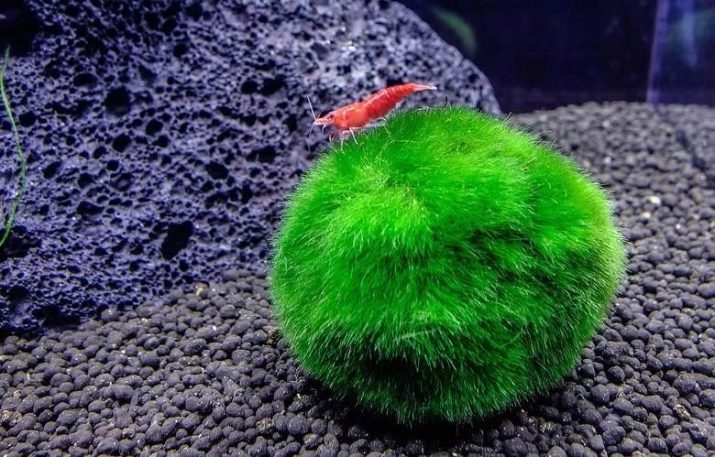
Benefit or harm?
Kladofora creates problems or, on the contrary, “ennobles” the water space depending on its type.
Wandering
This variety of multicellular algae “loves” places where water stagnated. It gradually entangles the bottom, the walls of the aquarium, tubes and hoses with dense threads. It robs the "inhabitants" of the aquarium of light, oxygen and minerals. Attempts to get rid of stray algae mechanically do not lead to anything. In the body of water it becomes dark and uncomfortable.
Each detached and freely floating bush forms a new colony, which grows very quickly. In the aquarium, all living things die.
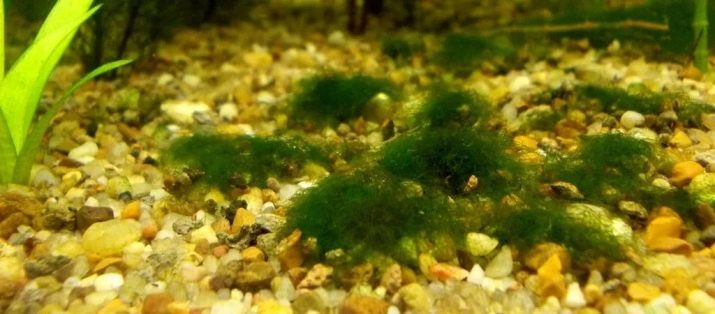
Spherical
Due to free movement in water and a multilayer structure (“sleeping” chloroplasts are located inside, which are activated by splitting the green ball into separate parts), egagropil is a biological filter that passes a huge amount of water through itself and cleans it of dirt and mucus. For this reason, balls periodically need to be washed with clean water.
Another plus of spherical algae is that it implements the process of photosynthesisby regulating the levels of oxygen and carbon dioxide, as well as minerals in the water. Pisces is very comfortable living with such "neighbors".
Egagropilov look great, piled at the bottom in the form of balls of the correct form. If necessary, they can be easily removed from the aquarium and this will not negatively affect the well-being of its "residents".
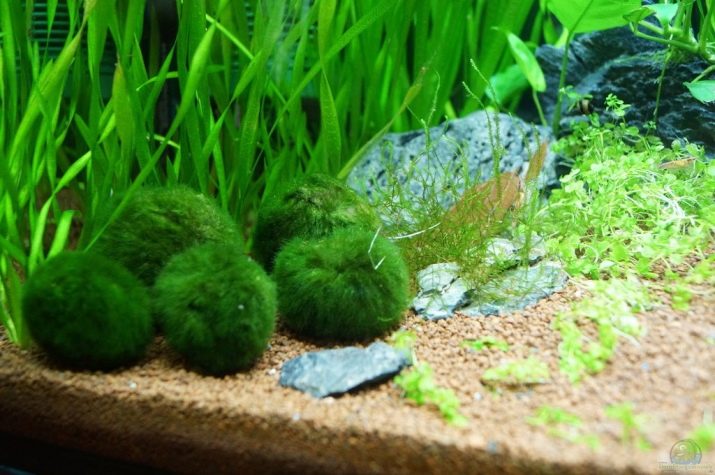
How does algae breed?
Stray algae multiplies independently, without human intervention. If he tries to remove it from the walls and stones, this will contribute to a faster growth of the plant. It will “capture” more and more new territories. In the case of spherical algae, the situation is different.
Methods of propagation of spherical algae - natural and mechanical.
The cladophore of egraphropil is a “cold-blooded” plant, for the normal functioning of which a temperature of 20-24 degrees is sufficient. If the water temperature exceeds these indicators, the balls break up into separate components, which then turn into independent aquarium inhabitants. They are cleaned in a separate container with clean water and wait until they form into balls.
The ball is carefully divided in half with scissors. If these parts are carefully “stretched” along the bottom and the edges are fixed (for example, with stones), beautiful islands with even outlines form. To propagate the cladophore, the cut segments are removed into another container of water until they turn into balls.
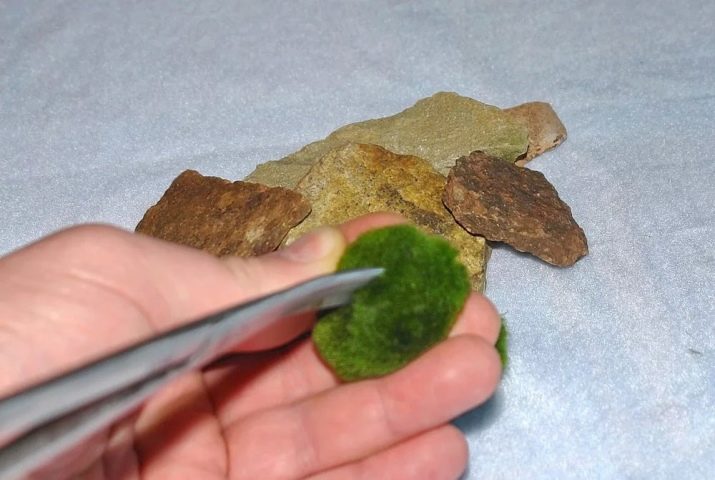
How to get rid of it?
If there is no need to get rid of the spherical cladophore, then it is much more difficult to fight stray at home. She does not like flowing water, because the threads do not have time to settle down and gain a foothold in one place. Therefore, it is recommended that the oxygen supply hose be directed to algae accumulation sites.
Another way of fighting: to launch Amano shrimp into the aquarium, who like to feast on green threads. But In order for the new inhabitants of the aquarium to successfully cope with the task, several conditions must be met:
- shrimp should be young;
- their number should be no less than 30 individuals per 100 liters of water;
- new “residents” only absorb algae on an empty stomach.
Experienced aquarists often resort to the chemical method of cleaning the aquarium. They collect algaecide in a syringe and dose the substance into the places of accumulation of algae.
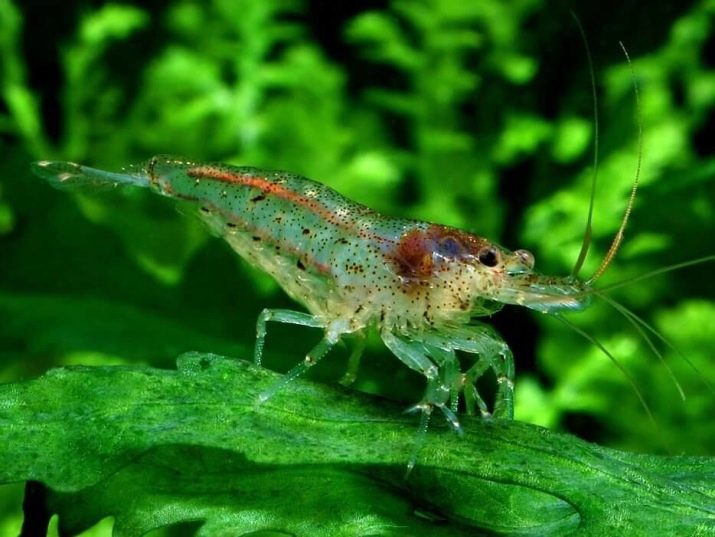
It is important to strictly follow the procedure.
- The compressor, external and internal filters are switched off. This is done in order to stop the process of mixing water. The chemical will spread more slowly in the water.
- All "living creatures" from the aquarium are transplanted into another container.
- The syringe is directed to the side, abundantly covered with algae, and part of the substance is released. In the "house" of the fish should be no more than 10 ml of algaecide per 100 liters of water in one treatment.
- When all the foci are evenly treated, wait 20-30 minutes. Then you can turn on filters and aeration.
The positive effect will be noticeable the first time. To get rid of stray algae, it will take from 5 to 10 such treatments. Then the fight with the “uninvited guest” will be completed completely.
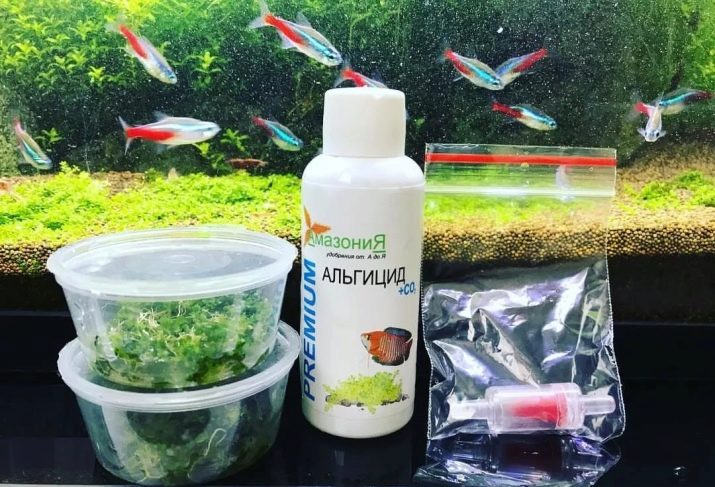
About the cladophore for an aquarium, see further.
